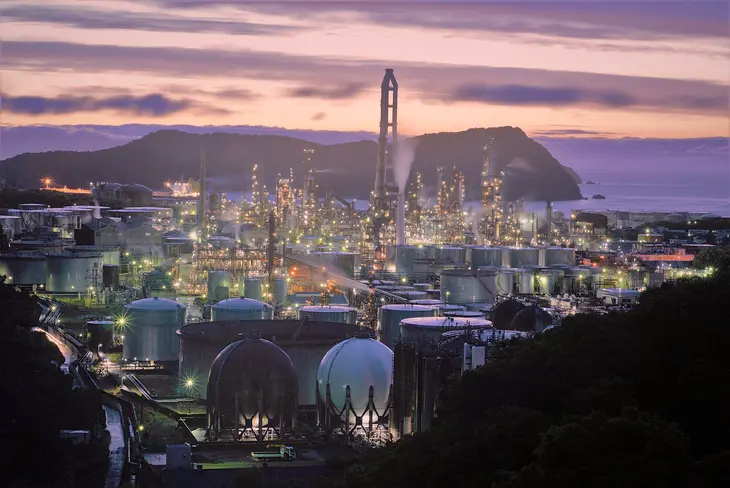
Step 24: Continuous Learning and Adaptation
- Admin
As you reach Step 24 in the journey of building and managing a factory, the focus shifts towards fostering a culture of continuous learning and adaptation. In today's fast-paced and ever-evolving business environment, the ability to learn, innovate, and adapt is crucial for staying competitive and resilient. Let's explore why continuous learning and adaptation are essential and how to integrate them into your factory's operations.
Why Continuous Learning and Adaptation are Crucial:
In an increasingly dynamic marketplace, static strategies and rigid processes can quickly become obsolete. Continuous learning and adaptation empower your factory to respond effectively to changing market trends, technological advancements, and customer preferences. By embracing a mindset of lifelong learning and adaptation, you can foster innovation, improve agility, and drive sustainable growth.
Integrating Continuous Learning into Factory Operations:
Promote a Learning Culture: Cultivate an organizational culture that values curiosity, creativity, and continuous improvement. Encourage employees at all levels to pursue learning opportunities, experiment with new ideas, and share knowledge and insights with their peers.
Provide Learning Resources: Invest in learning and development resources to support employee growth and skill enhancement. Offer access to training programs, workshops, seminars, online courses, and professional certifications relevant to their roles and career aspirations.
Encourage Cross-Functional Collaboration: Facilitate cross-functional collaboration and knowledge sharing among different departments and teams within your factory. Encourage employees to collaborate on projects, exchange ideas, and learn from each other's diverse perspectives and experiences.
Embracing Adaptation in Factory Management:
Monitor Market Trends: Stay abreast of market trends, industry developments, and emerging technologies relevant to your factory's operations. Regularly analyze market data, customer feedback, and competitor insights to identify opportunities and threats.
Experimentation and Innovation: Create a conducive environment for experimentation and innovation within your factory. Encourage employees to test new ideas, explore alternative approaches, and challenge existing norms to drive innovation and continuous improvement.
Agile Decision-Making: Foster agile decision-making processes that enable quick adaptation to changing circumstances. Empower frontline employees to make decisions autonomously within defined parameters, allowing for rapid responses to customer needs and market shifts.
Continuous Improvement through Feedback and Evaluation:
Gather Feedback: Solicit feedback from employees, customers, suppliers, and other stakeholders on a regular basis. Use feedback mechanisms such as surveys, suggestion boxes, and focus groups to gather insights into areas for improvement and innovation.
Evaluate Performance: Continuously monitor and evaluate your factory's performance against key performance indicators (KPIs) and benchmarks. Identify areas of strength and weakness, celebrate successes, and address shortcomings through targeted improvement initiatives.
Conclusion:
In today's dynamic business landscape, continuous learning and adaptation are essential for maintaining relevance and competitiveness. By fostering a culture of lifelong learning, embracing adaptation in factory management practices, and continuously improving through feedback and evaluation, you can position your factory for sustained success and resilience in the face of uncertainty and change.
As you embark on Step 24, remember that the journey of building and managing a factory is an ongoing process of learning, growth, and adaptation. Embrace the opportunities and challenges that lie ahead, and remain committed to continuous improvement and innovation in all aspects of your factory's operations.
